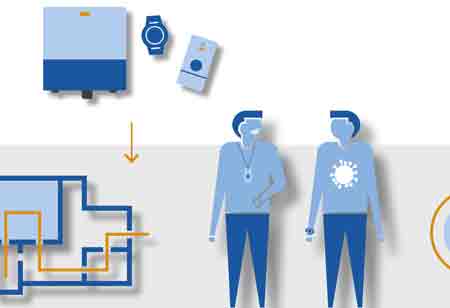Remote sensing technique is an important component in disaster management as it can aid in identifying risk zones and their reasons.
FREMONT, CA: Natural disasters are daily events caused by natural forces like floods, volcanoes, earthquakes, and other natural disasters. Disaster management is a broad expression that relates to the processes concerned in strategic planning and the procedures executed in a natural disaster. Remote sensing techniques can lessen disaster risks and aid in identifying hazardous zones and causes. Consequently, this technology can aid in preventing and controlling natural disasters.
The disaster management cycle idea is utilized to structure disaster planning. The cycle has four stages: reduction, readiness, response, and recovery. At each stage, remotely sensed data could be a worthwhile source of information, supporting spatial learning phenomena and giving scientists and authorities dependable data sources for decision-making.
By finding hazard zones connected with flood plains, coastal inundation and erosion, and active faults, remote sensing can help while taking risk reduction measures. It can also validate hazard models by deciding the location and size of real-world incidents.
Applications
The service given by remote sensing technology in environmental management is evolving increasingly significantly. Remote sensing has diverse services in disaster management:
Tracking wind patterns
One of the chief sources of environmental disaster is wind. By employing remote sensors, hurricane disasters can be identified and anticipated. People living in the affected area receive an early warning from these sensors, enabling them to evacuate to avoid damage.
Relief operations
Numerous locations remain unapproachable after a natural disaster, making assessing and managing the damage difficult. The process can be recorded by remote sensing technology. As it is based in the sky, it aids disaster assessment and monitoring, providing vital information for comfort monitoring operations.
Flood management
Numerous areas flood during rainy seasons, requiring rapid action to save the most vulnerable. As all the land has water, on-site observation of the influenced area may be possible, but an alternative method is necessary. In such a circumstance, remote sensing is ideal because it is sky-based and can acquire earth images and launch rescue missions.

